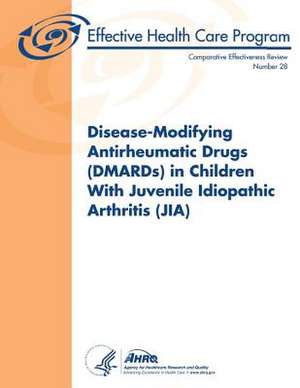Disease-Modifying Antirheumatic Drugs (Dmards) in Children with Juvenile Idiopathic Arthritis (Jia)
Autor U. S. Department of Heal Human Services, Agency for Healthcare Resea And Qualityen Limba Engleză Paperback
Preț: 197.44 lei
Preț vechi: 207.84 lei
-5% Nou
Puncte Express: 296
Preț estimativ în valută:
37.80€ • 39.36$ • 31.37£
37.80€ • 39.36$ • 31.37£
Carte disponibilă
Livrare economică 24 ianuarie-07 februarie
Preluare comenzi: 021 569.72.76
Specificații
ISBN-13: 9781484133804
ISBN-10: 1484133803
Pagini: 318
Dimensiuni: 216 x 279 x 17 mm
Greutate: 0.74 kg
Editura: CREATESPACE
ISBN-10: 1484133803
Pagini: 318
Dimensiuni: 216 x 279 x 17 mm
Greutate: 0.74 kg
Editura: CREATESPACE
